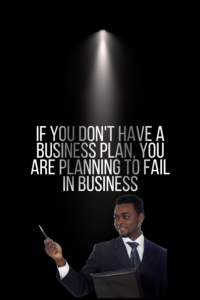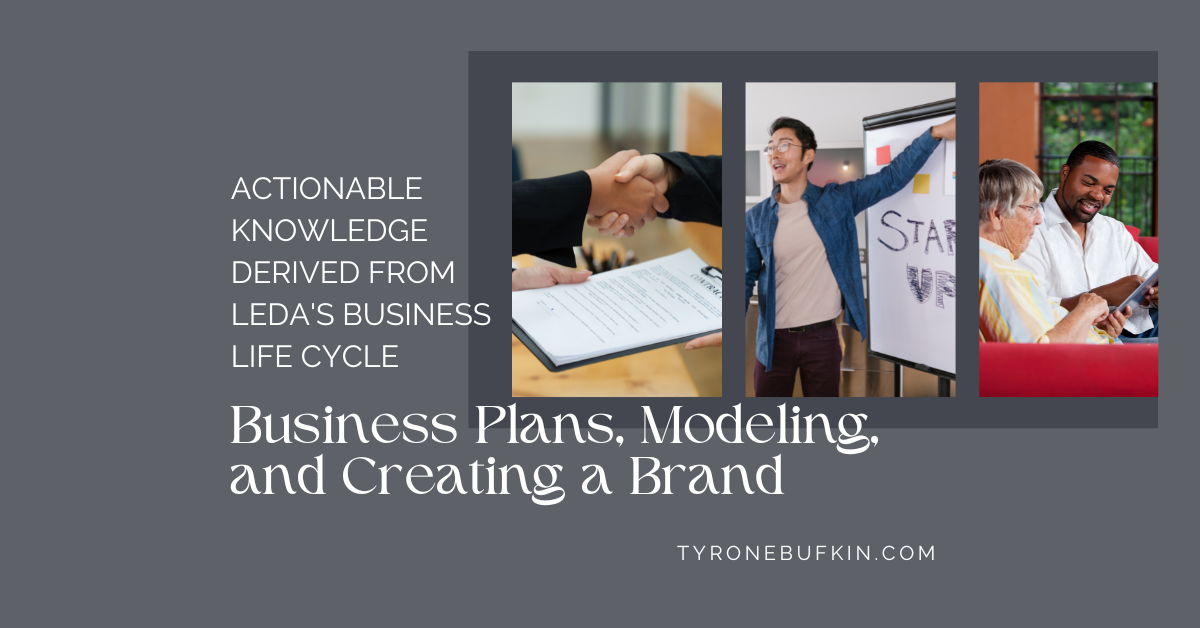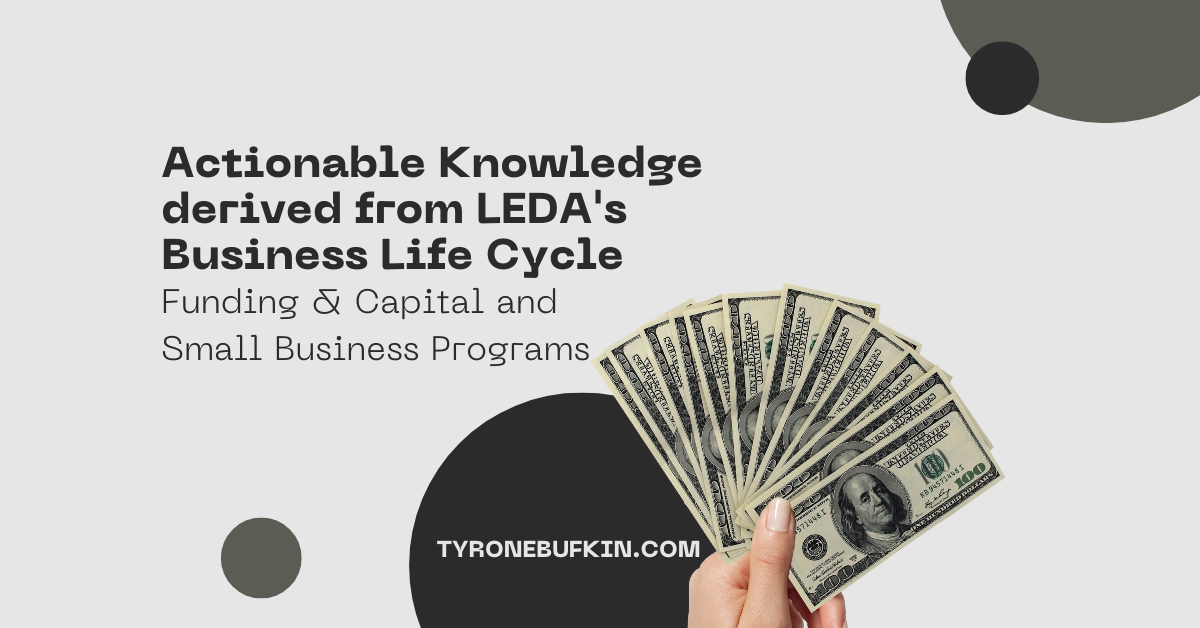THE FIDUCIARY ACTIONABLE KNOWLEDGE IN THIS POST MAY CONTAIN AFFILIATE LINKS. WE GET A COMMISSION, AT NO COST TO YOU, IF YOU DECIDE TO CLICK THROUGH CERTAIN LINKS. WE ONLY RECOMMEND PRODUCTS OR ORGANIZATIONS THAT WE BELIEVE WILL PROVIDE YOU WITH REAL RESULTS. THE INFOMATION IN THIS POST MAY HAVE BE DERIVED FROM THE SOURCES FOUND IN THE 'WORKS CITED' SECTION AT THE BOTTOM OF THE PAGE. PLEASE READ OUR DISCLOSURE PAGE FOR MORE INFO.
 If you are looking for funding, all your investor wants to know is "How will you pay me back?". Your customers want to know "What value will you provide for me?". Your employees want to know "Will I have a secure livelihood working for you?" All these important questions and more are answered in an up-to-date business plan. If you don't have an up-to-date business plan, then today is the day you can get it done.
If you are looking for funding, all your investor wants to know is "How will you pay me back?". Your customers want to know "What value will you provide for me?". Your employees want to know "Will I have a secure livelihood working for you?" All these important questions and more are answered in an up-to-date business plan. If you don't have an up-to-date business plan, then today is the day you can get it done.
Business Plans & Modeling and Creating a Brand
Lafayette Economic Development Authority "Business Life Cycle Education Series"
The following talented speakers presented this session of LEDA's Business Life Cycle; Destin Ortego, Corey Jack, & Mark Mouton. Destin Ortego serves as the Executive Director of the Opportunity Machine, serving over 50 high-growth scalable startups from the idea to the growth stage. Corey Jack is the Owner and Principal Consultant of Jack & Associates, LLC specializing in assisting entrepreneurs with forming, managing, and growing their enterprises. Mark Mounton has led the Business Retention and Expansion Department at LEDA since 2008, working closely with businesses and community leaders to support growth and expansion. If you are an entrepreneur in Lafayette, LA there are so many resources just waiting for you to introduce yourself. If you link up with either of these experts, you will be guided through all the resources our great city offers.
 Corey uses Robert Kiosaki's Cashflow Quadrant to determine what time of entrepreneur you are now and what kind of entrepreneur you are trying to be. The four quadrants are made up of employees, self-employed, business owners, and investors. An employee trades their time for money provided usually by someone else's business. A self-employed person also sells their time for money but is usually provided by their own business. A business owner builds a system that generates money without having to be there every day. An investor makes their money go to work to make more money. There is nothing wrong with being in any or all of the quadrants, it is just important to know which one you are in now and which one you want to be in. Successful employees and self-employed entrepreneurs are usually in the start-up to the small business stage. They are currently at or arriving at the point where they can make a living with what they are doing. Successful business owners and investor entrepreneurs can afford a more lavish lifestyle but are responsible for more than just themselves. Again the point of educating you on these distinctions is for you to identify which quadrant you are in and which you would like to be in.
Corey uses Robert Kiosaki's Cashflow Quadrant to determine what time of entrepreneur you are now and what kind of entrepreneur you are trying to be. The four quadrants are made up of employees, self-employed, business owners, and investors. An employee trades their time for money provided usually by someone else's business. A self-employed person also sells their time for money but is usually provided by their own business. A business owner builds a system that generates money without having to be there every day. An investor makes their money go to work to make more money. There is nothing wrong with being in any or all of the quadrants, it is just important to know which one you are in now and which one you want to be in. Successful employees and self-employed entrepreneurs are usually in the start-up to the small business stage. They are currently at or arriving at the point where they can make a living with what they are doing. Successful business owners and investor entrepreneurs can afford a more lavish lifestyle but are responsible for more than just themselves. Again the point of educating you on these distinctions is for you to identify which quadrant you are in and which you would like to be in.
You can further distinguish your business as lifestyle or scaleable. A lifestyle business is usually a business that will never expand beyond the capacity of the business owner. A scaleable business can be duplicated over and over again. Scaleable businesses usually require a large amount of upfront capital to grow but they have the ability to be duplicated over and over again. An example of a lifestyle business is a professional consultant, while the owner can hire other consultants the business will never grow bigger than the reputation of the owner. A good example of a scalable business is a coffee shop, once you have one successful location all it takes is capital to go open another and another.
Do you have a business plan? Most people quit while building a business plan because it process can be difficult. However, banks, investors, partners, and even employees will want to see and understand your business plan. The good news is that there are resources you can use so you don't have to create a business plan from scratch or alone. A good software resource is LifePlan.com. The parts of the traditional business plan include an executive summary, business description & vision, definition of the market, description of the product & services, organization & management, marketing & sales strategy, and financial management.
The executive summary, which should be written last, is simply an introduction to your business, your goals, your needs, and your plans. Your business description & vision needs to be limited to two main points; what is the problem and what is your solution? Defining your market requires you to lean on local data to determine who your ideal client really is and the need for your solution represented the dollar amount; also known as market share. One good resource for that data can be found at https://lafayette.org/data-research. The description of products or services is self-explanatory. Organization & management includes your business entity, how you will manage all responsibilities required to make the business run, and the story of your expenses and revenue. In marketing & sales, the part most people jump to first, the pricing strategy is most important; you must make sure you are pricing your product high enough to pay bills but within the market range. Finally, financial management needs to include your 1, 3, and 5-year financial forecast.
If you don't have a business plan or have been struggling to put one together, it may be easier to start with a business model canvas. The Business Model Canvas is a tool to map your ideas out on one piece of paper in a very simple but inclusive method. The parts of the business model canvas include the customer segments, value proposition, revenue streams, channels, customer relationships, key activities, key resources, key partners, and cost structure. Strategizer, the founder of the Business Model Canvas, has free resources available to learn more about and create your own canvas at https://www.strategyzer.com/canvas/business-model-canvas. The customer segment is the best place to start because they inform every other aspect of your business. How much will your customer pay for your product or service? What value do they place on your product more than your competitor? How do you deliver your product? Who do you need on your team to help you service your customers? What is their role and responsibility on your team? Finally, how much does all of it cost the business? The Business Model Canvas is a broad strokes picture of how your business works. Once completed it is easier to put that into a more detailed business plan.
Perhaps you are thinking of starting or growing a non-profit business, so why do these two tools matter? The difference between a non-profit business and a for-profit business is simply where the profit goes. A common misconception is that a non-profit doesn't make any money. The fact is a non-profit need to make just as much as its for-profit counterpart in order to keep the doors open. These tools are good practice for either type of business.
Once you complete your business plan, you will be able to define the brand of your business. Branding is a critically important tool for your ideal client to clearly identify and be drawn into your business. Your branding may be the very reason your customers are passing you up for your competitor even if you have the better product or service. Most of the time, it is a good idea to hire someone to help you with branding. However, if you don't understand your business then they won't know how to help you successfully.
The very next step, hopefully before you start your business, is to keep track of your financials. If you have already started your business but haven't been keeping track of your finances then start today. It's easier to track your financials when they are small, help you with taxation, and are the vital signs of your business. Once again, there are resources available to help you manage your financials easily. Quickbooks, and other services like it, can make it the most simple action you take in your business.

If you are a career entrepreneur, completing a business plan on your job is important in order to find a place you can add more value and have more control of your position in the company. It is also the only way to anticipate and understand the decisions that will trickle down and affect your livelihood. Obviously, for startup entrepreneurs, this is a critical step in building a business. Skipping this step is like building a skyscraper on the sand. it's easier for small business owners to assume they don't need to update or revisit their business plans. However, we live in an ever-changing world. No matter how successful you are, there are always threats you will never see coming if you don't work ON your business instead of just IN your business.
Dustin, Corey, and Mark presented some great resources for help with your business plan & Business Model Canvas. Create some time in your schedule to complete this now. Having this information will help make you a better entrepreneur and build a sustainable business. Do not allow yourself any more excuses, there is help. Not just in Lafayette, LA! Simply reach out to your local business community and get help.
Works Cited
Lafayette Economic Development Authority "Business Plans & Modeling and Creating a Brand" Business Life Cycle Education Series, 2023.





